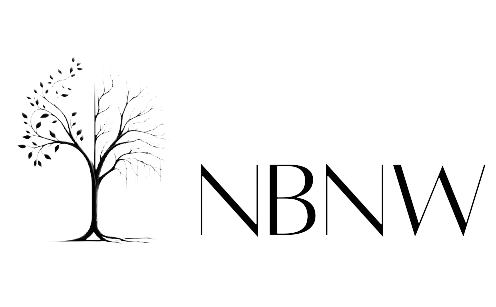

By Asmita - Jan 30, 2025
Mexican President Claudia Sheinbaum challenges Google's decision to rename the Gulf of Mexico to the Gulf of America for US users, emphasizing international naming conventions. Google will feature the Gulf of Mexico for Mexican users, Gulf of America for US users, and both names for other countries. The Mexican government plans to address Google, citing historical significance and opposing the unilateral change. Public and governmental reactions in Mexico are largely disapproving, underscoring the intricate dynamics of digital mapping and geopolitical naming disputes.

A detailed map of Mexico highlighting its regions and major cities, showcasing the country's geographical features. via Free Malaysia Today
LATEST
In a bold diplomatic move, Mexican President Claudia Sheinbaum has announced her administration's intention to challenge Google's decision to rename the Gulf of Mexico to the Gulf of America for United States users. The controversy stems from an executive order signed by former US President Donald Trump on his inauguration day, which sought to rename the internationally recognized body of water. Sheinbaum emphasized that international organizations, not individual countries, have the authority to rename maritime regions, highlighting the geopolitical complexity of the proposed name change.
Google's mapping platform has confirmed it will implement the name change for US users, with nuanced regional variations. For users within the United States, the gulf will be labeled as the Gulf of America, while Mexican users will continue to see the traditional Gulf of Mexico label. Interestingly, users from other countries will be presented with both names simultaneously. The tech giant defended its decision by citing a "longstanding practice of applying name changes when they have been updated in official government sources," specifically referencing the US Geographic Names Information System.
The Mexican government's response has been both diplomatic and subtly defiant. During a press conference, Sheinbaum stated that her administration would draft a letter to Google explaining the international maritime naming conventions and challenging the unilateral name change. She pointedly noted that the Gulf of Mexico has been known by its current name since 1607, emphasizing the historical and geographical significance of the existing nomenclature. The president even previously responded to Trump's initial proposal with sardonic humor, suggesting that North America could be renamed "América Mexicana" as a playful counterpoint.
Public and governmental reactions in Mexico have been overwhelmingly negative towards the proposed name change. The national tourism ministry shared images celebrating the Gulf of Mexico, proclaiming "Long live the Gulf of Mexico!" Local officials and citizens have expressed strong opposition, with some social media users suggesting humorous retaliatory name changes. Rocío Nahle, the governor of Veracruz, firmly stated that the gulf "is and will continue to be our rich and great 'Gulf of Mexico'" for 500 years. The controversy highlights the complex intersections of digital mapping, national identity, and geopolitical naming rights in the contemporary global landscape.